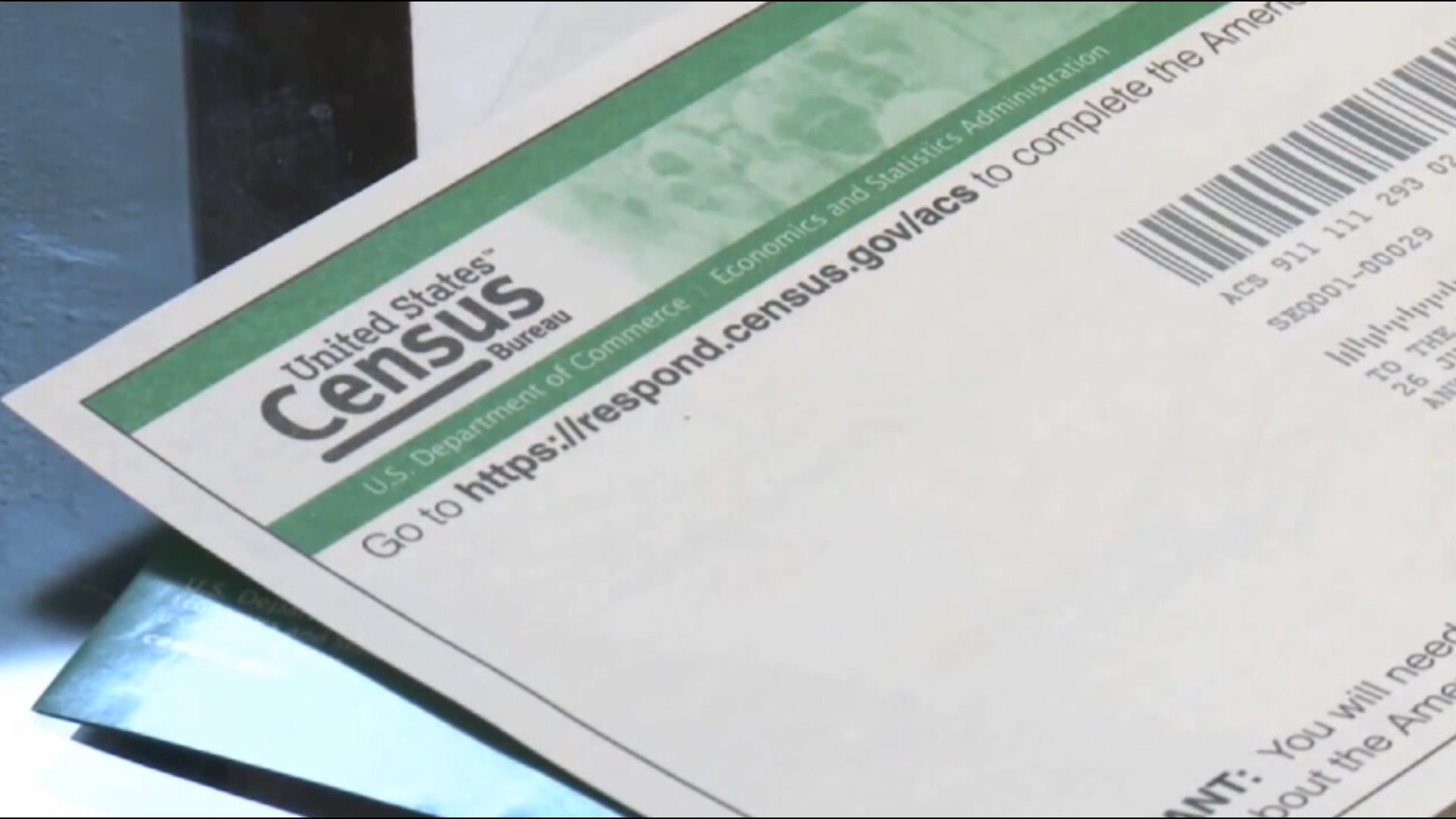HARRISBURG, Pa. — The U.S. Census Bureau has released a trove of population data that will be used to redraw voting districts nationwide. It could help determine control of the U.S. House in the 2022 elections and shape important electoral decisions for the next decade.
The data give us a detailed picture of how the nation has changed in the last decade, showing which counties have gained or lost the most people. The figures will serve as the building block to redraw U.S. House districts and state legislative districts to ensure each district has roughly the same number of people.
However, Republicans and Democrats often use the figures to redraw district lines to favor one political party over the other—a process called gerrymandering. Since legislative redistricting lies in the hands of the General Assembly, gerrymandering works for whichever party holds the majority in state government and the Census Bureau provides the most accurate population counts possible for the geographic areas the states need.
FOX43 is breaking down the numbers in South Central Pennsylvania. Lancaster, Cumberland, York and Dauphin counties saw the biggest growth in population in the region. Juniata, Mifflin and Perry counties declined in population.
2010 County Population Data vs. 2020 County Population Data:
Adams: 101,407 to 103,852 (+2,445)
Cumberland: 235,406 to 259,469 (+24,063)
Dauphin: 268,100 to 286,401 (+18,301)
Franklin: 149,618 to 155,932 (+6,314)
Juniata: 24,636 to 23,509 (-1,127)
Lancaster: 519,445 to 552,984 (+33,539)
Lebanon: 133,568 to 143,257 (+9,689)
Mifflin: 46,682 to 46,143 (-539)
Perry: 45,969 to 45,842 (-127)
York: 434,972 to 456,438 (+21,466)
These numbers will be used to do more than redraw voting district lines. They will also determine how $1.5 trillion in federal spending is distributed each year.
“Local leaders who choose to use this data make decisions such as on where to build roads and hospitals and even how to respond to natural disasters and future pandemics,” said Michael Cook, Jr., Chief Public Information Officer for the U.S. Census Bureau.
The data also show that the U.S. is becoming more diverse. For the first time on record, the white population decreased over the course of a decade, declining by 8.6% since 2010.
The number of people who said they were more than one race surged, the Census Bureau reported. The Multiracial population was measured at 9 million people in 2010 and is now 33.8 million people in 2020, a 276% increase.
Statewide, there is a 44 percent chance that two people chosen at random are from different race and ethnicity groups. The Hispanic and Latino populations are the second-most prevalent race or ethnic groups in South Central Pa.
Cumberland County saw an 85 percent increase in the populations of people who identify as Hispanic or Latino, the fifth highest increase in the state.
Though the white population is shrinking in Pennsylvania, it still makes up 75 percent of the population, the Census Bureau reported.
For more details on Race and Ethnicity in Pennsylvania, visit this interactive map to find data in your county.

